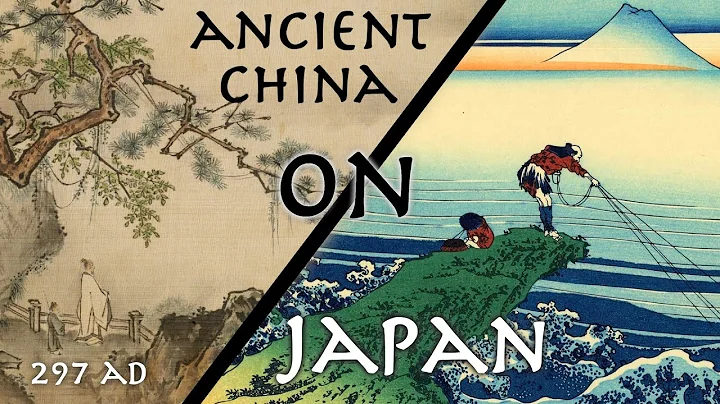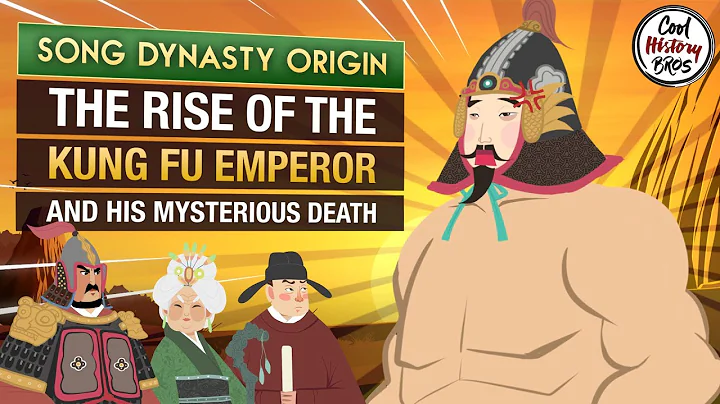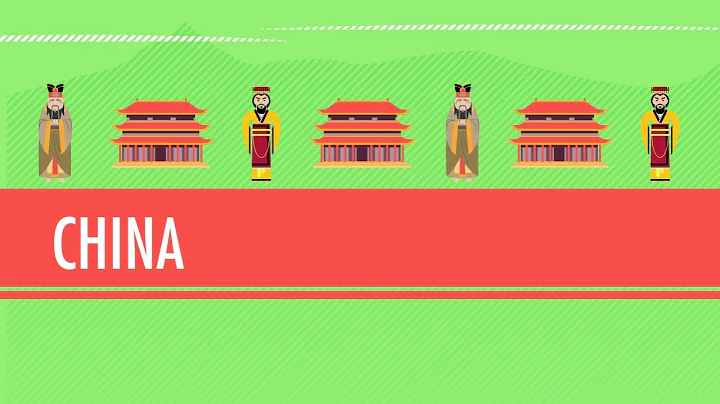We often hear such a thing: The Tang Dynasty had close contacts with Japan, and they were united and friendly. They had frequent exchanges, deep friendship, and deep brotherhood.
But, is the historical truth really like this?
The answer is: false.
The truth of history is: Japan and the Tang Dynasty did not have much contact.

Painting: Japanese monks accompanied Tang envoys to visit the Tang Dynasty
In fact, "more or less contacts" is a relative term. Judging from the international relations of Asian countries in the Tang Dynasty, the exchanges between Japan and the Tang Dynasty were actually relatively small. Less.
Below, we will briefly explain the exchanges between the Tang Dynasty and Japan in easy-to-understand terms:
Fact 1: In the Tang Dynasty, from 630 AD to 894 AD, during the 264 years, Japan sent a total of envoys to the Tang Dynasty 20 batch, however, Japan's navigation technology was not mature at that time, so shipwrecks, ship damage, typhoon drifting, etc. often occurred. In fact, it was worthy of the name, in the name of the Japanese mission, and actually arrived in Chang'an, the capital of the Tang Dynasty Chang'an There were only 12 batches of envoys sent to the Tang Dynasty. 264 years divided by 12 equals 22. On average, there is actually one exchange every 22 years. I would like to ask: two countries only communicate once every 22 years. Is this also called "close exchanges"? Fake. The truth is: there is only one exchange every 22 years. What is this called? This is called: lack of close communication.

Ancient paintings: Envoys from various countries who came to pay tribute to the Tang Dynasty
Fact 2: Let’s take a look at the “comparison”: from 727 AD to 919 AD, during these 192 years, Japan sent a total of And he carried out 14 missions, an average of once every 13 years, which was much higher than the frequency of missions to Datang.
Fact 3: One more comparison. Let’s take a look at the frequency of Asian vassal states coming to Chang’an, the capital of the Tang Dynasty, to pay tribute during the Tang Dynasty: Bohai State came once a year. Tubo also comes once a year. In Silla, King Seongdeok sent envoys to the Tang Dynasty 37 times in total for 36 years, basically once a year. It was common for vassal states to pay tribute once a year. Therefore, there is a saying in Chinese history: "Pay tribute every year and come to court every year."

As shown in the picture: There was a "Bohai Kingdom" in the Northeast back then.
Fact 4: In short, in the Tang Dynasty, the frequency of envoys sent by surrounding vassal states to pay tribute to the Tang Dynasty was "once a year". In comparison, On average, Japan only sends envoys to pay tribute once every 22 years, which is simply too weak.
Fact 5: So, other vassal countries come every year, why do the Japanese only come every 22 years? The answer is actually very simple: because the shipbuilding technology of East Asians (including the Japanese) was really too backward at that time! During the Tang Dynasty, many of the sailing ships built by the Japanese could not withstand the winds and waves of the Pacific Ocean, Sea of Japan, and East China Sea . Therefore, many ships had accidents midway and were unable to reach the Tang Dynasty.

Painting: The ship of the envoys sent to the Tang Dynasty
Fact 6: In other words, the frequency of Japan sending envoys to the Tang Dynasty was much lower than that of other vassal countries. This was not because Japan did not admire the Tang Dynasty, but because at that time, the sea was really It's so terrible. The more than one thousand kilometers of sea route between Japan and the Tang Dynasty is naturally dangerous and scary.
Fact 7: In fact, the opposite was true. The shipbuilding technology of the Tang Dynasty was also lagging behind, and it was often unable to withstand the wind and waves of the sea. For example: Monk Jianzhen of the Tang Dynasty traveled east to Japan. He prepared for the eastward crossing six times, and actually went to sea three times. He encountered shipwrecks all three times. However, Jianzhen's ship was lucky enough to survive the last shipwreck. , and finally arrived in Japan. Painting: The ship sent to the Tang Dynasty Fact 8: Another example: At that time, there was a Japanese official in the Central Committee of the Tang Dynasty, named Abe Nakamaro. In 753 AD, this person traveled east to Japan with Jianzhen. , he and Jianzhen were on two different ships. As a result, they encountered wind and waves in the East China Sea. Abe Nakamaro's ship was blown to Vietnam. Abe Nakamaro landed from Vietnam and went ashore in 755 after going through countless hardships. He returned to Chang'an in June. From then on, Abe Nakamaru gave up the idea of returning to Japan. Later, he died of old age in Chang'an of the Tang Dynasty. Picture: The multiple sea routes used by Japan to send envoys to the Tang Dynasty Fact 9: The ultimate meaning of what we are talking about today is that Japan did admire the civilization of the Tang Dynasty, did send envoys from the Tang Dynasty to the Tang Dynasty, and did learn from it with humility In all aspects of the Tang Dynasty, it is not true to say that "Japan and the Tang Dynasty had close exchanges". Compared with other vassal states at that time, Japan had less exchanges, and the reason why Japan had less exchanges was not because they did not want to come, but because they did not want to come. The reason is: the shipbuilding technology is too primitive, the wind and waves in the ocean are too terrible, it is not easy to do it once. Ancient paintings: The contemporary Japanese emperor Fact 10: By the way, Japan has a unique culture in Asia and even in the world, which is also related to this: In ancient times when shipbuilding technology was underdeveloped, Japan was a relatively closed country. The country, therefore, Japanese culture possesses a high degree of uniqueness. 










![[Documentary] The Daming Palace &Tang Dynasty (618 - 907 AD) 唐朝大明宫 - DayDayNews](https://i.ytimg.com/vi/SoSIpWbqS60/hqdefault.jpg?sqp=-oaymwEcCOADEI4CSFXyq4qpAw4IARUAAIhCGAFwAcABBg==&rs=AOn4CLDINzuwhoDWKXI3XRys4PUpsrGKJA)












